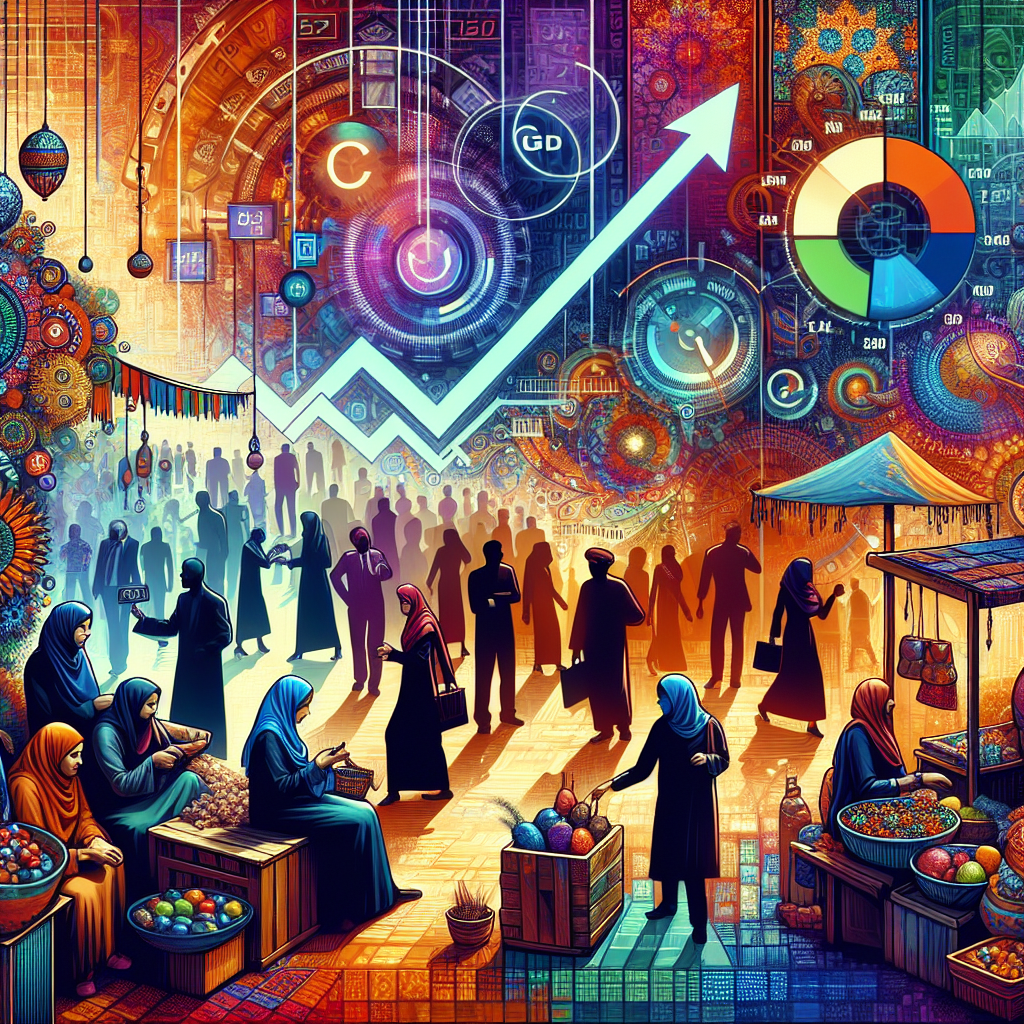Unlocking the Secrets of Macroeconomics: How the Big Picture Shapes Your Daily Life

Macroeconomics may sound like a complicated subject best left to economists and policy makers, but it's actually the underlying force driving our daily lives. From inflation rates that affect your grocery bill to unemployment figures that dictate job markets, understanding the dynamics of macroeconomics can empower you to make informed decisions. Let's dive into the basics and uncover how this field impacts you more than you might realize.
What is Macroeconomics?
At its core, macroeconomics is the branch of economics that studies the overall dynamics of an economy, focusing on aggregated indicators such as gross domestic product (GDP), unemployment rates, and inflation. While microeconomics focuses on individual consumers and businesses, macroeconomics looks at the economy as a whole. Think of it as zooming out on a photograph: you see the entire landscape rather than just a single flower.
The Speedometer of the Economy: GDP
Gross Domestic Product, or GDP, is often referred to as the economy's 'speedometer.' It measures the total value of goods and services produced over a specific time period. A rising GDP generally indicates a healthy economy and can lead to job creation and wage growth, whereas a declining GDP can spell trouble, indicating potential recessions or economic downturns. As an individual, you can feel the effects of GDP fluctuations through job stability and the availability of goods.
Inflation: The Silent Eroder of Your Purchasing Power
Have you ever noticed that your favorite snack costs more now than it did a few years ago? That’s inflation at play. Inflation measures how much prices for goods and services rise over time. While a small amount of inflation is natural, too much can erode your purchasing power, meaning you can buy less for the same amount of money. Keeping an eye on inflation rates can help you plan your budget better—because nobody likes finding out that their paycheck didn't stretch as far as it used to!
Unemployment: A Window into Economic Health
The unemployment rate is another critical indicator of economic health. High unemployment can indicate a struggling economy, where businesses cannot sustain their workforce and consumers face reduced spending power. Conversely, low unemployment is generally a sign of a vibrant economy, where people are able to find work easily. Watching these rates can offer insights into job security and economic opportunities within your community.
Making Sense of Macroeconomic Trends in Everyday Life
Understanding macroeconomic trends doesn’t mean you need to become an economist. By keeping an eye on these indicators—GDP, inflation, and unemployment—you can gain a clearer picture of what's happening in the economy and make wiser decisions regarding your spending, savings, and investments. For example, if you hear inflation is rising sharply, you might consider locking in a fixed-rate mortgage or shopping for higher-yield savings accounts.
The Bottom Line: Embrace the Big Picture
No one can predict the economy's future with absolute certainty, but being informed can help you navigate the challenges that come your way. Macroeconomics, while daunting at first glance, holds the keys to understanding crucial aspects of your financial landscape. By paying attention to these economic indicators, you can stay one step ahead, making decisions that positively impact your financial well-being and future.